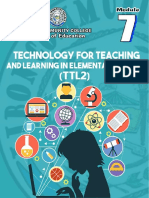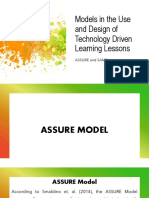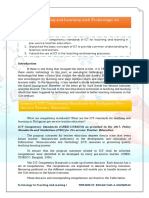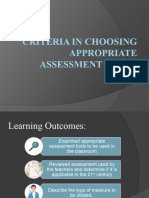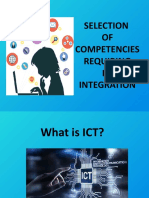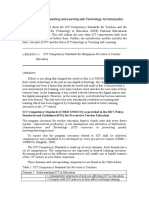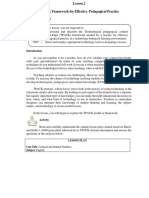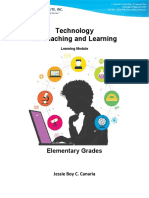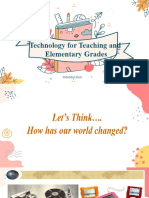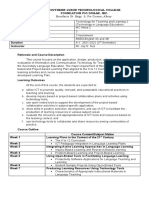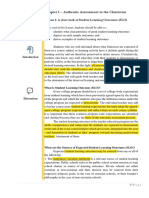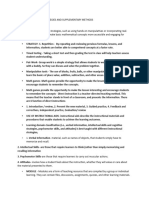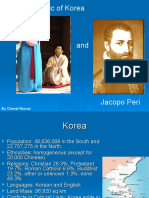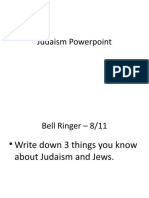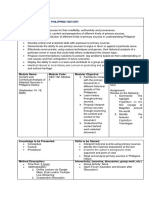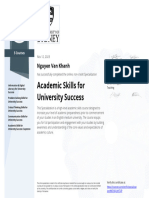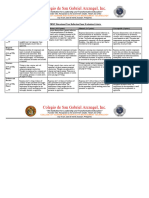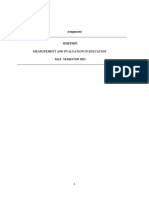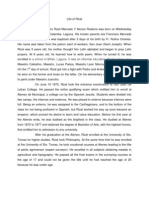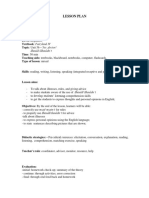100% found this document useful (2 votes)
1K views13 pagesTechnology For Teaching and Learning: Elementary Grades
The document discusses developing 21st century skills through the use of technology in education. It focuses on 4 key skills: creativity, critical thinking, communication, and collaboration (the "4 C's"). Each skill is defined and essential elements are provided. For example, critical thinking skills include distinguishing facts from opinions and identifying assumptions. Creativity involves producing new ideas. Collaboration is learning to work with others. Communication is creating and sharing knowledge. The document provides frameworks for assessing students' development of these important 21st century skills.
Uploaded by
Jessie CusiCopyright
© © All Rights Reserved
We take content rights seriously. If you suspect this is your content, claim it here.
Available Formats
Download as DOCX, PDF, TXT or read online on Scribd
100% found this document useful (2 votes)
1K views13 pagesTechnology For Teaching and Learning: Elementary Grades
The document discusses developing 21st century skills through the use of technology in education. It focuses on 4 key skills: creativity, critical thinking, communication, and collaboration (the "4 C's"). Each skill is defined and essential elements are provided. For example, critical thinking skills include distinguishing facts from opinions and identifying assumptions. Creativity involves producing new ideas. Collaboration is learning to work with others. Communication is creating and sharing knowledge. The document provides frameworks for assessing students' development of these important 21st century skills.
Uploaded by
Jessie CusiCopyright
© © All Rights Reserved
We take content rights seriously. If you suspect this is your content, claim it here.
Available Formats
Download as DOCX, PDF, TXT or read online on Scribd
/ 13











